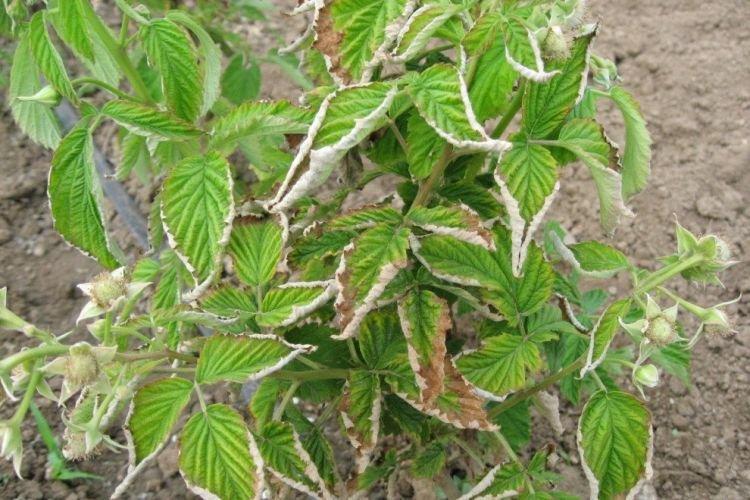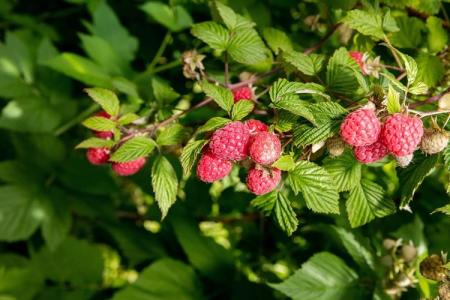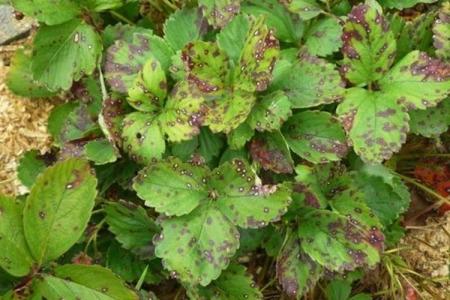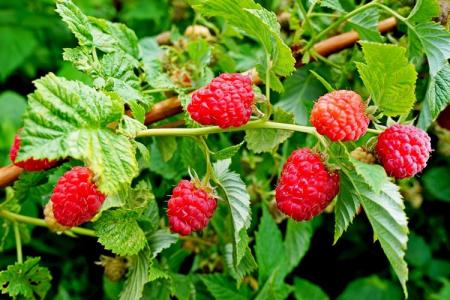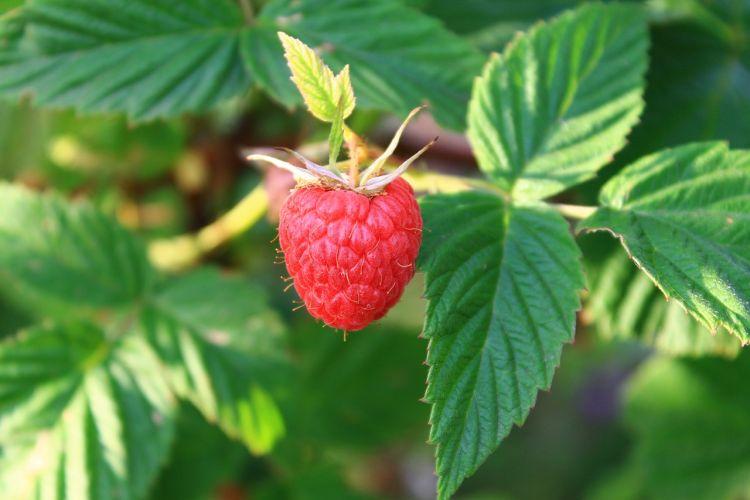
Raspberries are used to treat colds and inflammations and are also famous for their pain relieving effects. Juicy berry improves appetite and normalizes digestion. But in order to get a really wholesome and healthy crop, it is important to prevent raspberry leaves from attacking diseases. Let's talk about the most popular ones!
Bumps and bumps on the leaves
Don't worry too soon if the raspberry leaves are covered with bumps. But be sure to find out the root cause, because it could be stress or garden pests!
- Bright bumps and swelling of leaves provoke some fungal diseases, such as anthracnose;
- Small tubercles appear when aphids, thrips or other insects arrange their clutches on the back of the leaf;
- Raspberries, affected by bacterial cancer, are completely covered with large tumors and growths.
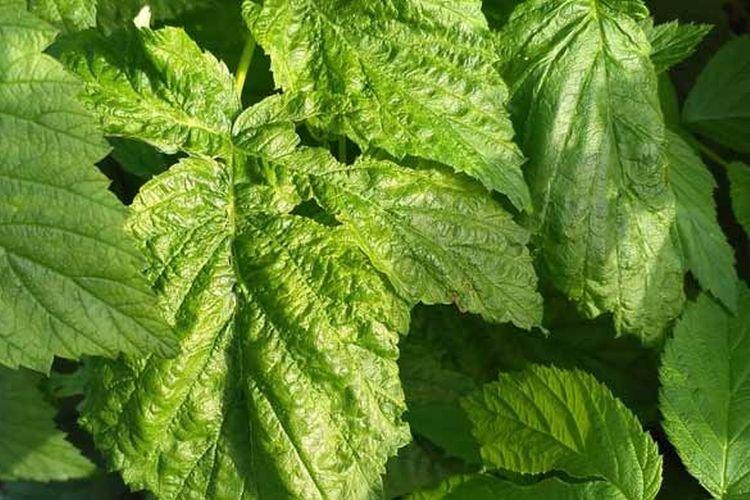
Leaves turn yellow and dry
Raspberry leaves may dry out and turn yellow at the end of the season when the crop is already harvested. But if the problem started in the middle of summer - determine why as soon as possible!
- The lower leaves turn yellow and fall off with verticillary wilting, which is facilitated by heavy and constantly moist soils;
- Chaotic yellow spots appear on leaves infected with the mosaic virus. Later, the bush is deformed and dies;
- Aphids carry infectious chlorosis, due to which the raspberry leaves not only turn yellow, but also cease to develop normally;
- Leaves turn yellow, dry or rot if there is too little or too much moisture in the raspberry;
- Fusarium disease progresses every week, and raspberries turn yellow and wither;
- The leaves gradually dry out from the tips if the raspberries lack calcium, zinc or magnesium. We recommend not experimenting with individual additives and using complex dressings;
- On too hot sunny days, raspberries can dry out due to the heat. Reduce watering and come up with a light shade for hot daytime hours.
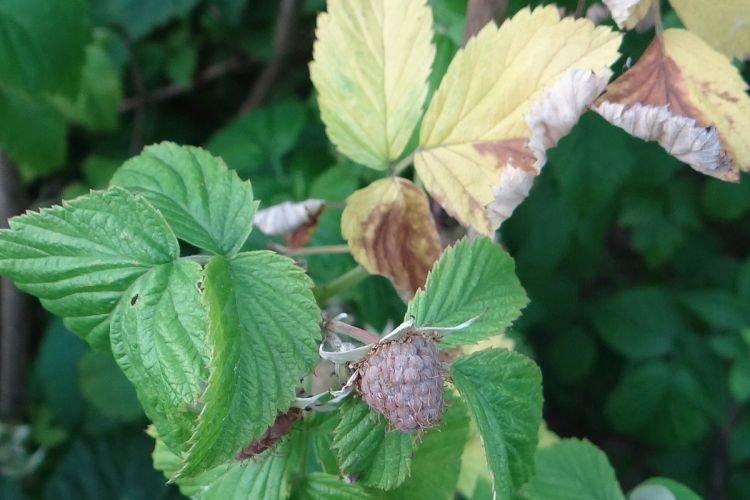
Brown spots on raspberry leaves
Basically, red, brown and brown spots provoke fungi. They have different pathogens and manifestations, but most of them are safely treated with fungicides.
- Brown and even almost purple spots with a white center - a symptom of raspberry anthracnose;
- Bright purple spots are provoked by the eponymous spotting or didimella. Over time, they darken, become silvery and become covered with black dots;
- Faded and dirty-red spots on raspberry leaves are left by another fungus - septoria;
- Bright red spots - this is one of the most common fungi, rust;
- Late blight affects the root system, and on raspberry leaves it manifests itself in the form of dry brown spots;
- Because of the black spot, large red spots first appear, which are then covered with small black dots.
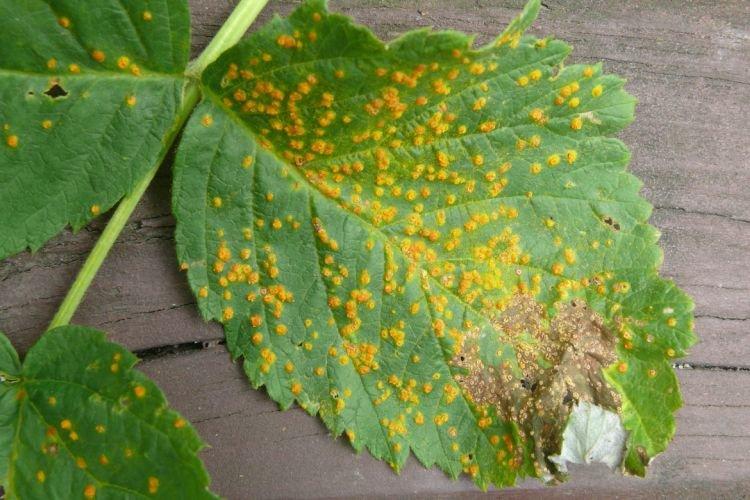
Raspberry leaves turn black
Very rarely you can face the fact that raspberry leaves turn black and die off. This indicates damage to the root system or bacterial processes. In less extreme cases, black spots and plaque leave a fungus.
- Leaves turn yellow, practically turn black and curl upward if raspberries are affected by necrosis;
- Black spots on shoots and leaves cause black rot, the spread of which is facilitated by high humidity;
- Young raspberry seedlings can turn black and die due to severe stress, damage to the root system, sharp frosts or weak immunity;
- If you start raspberry alternariosis, then over time, instead of spots, black necrotic foci will appear on the leaves;
- Pests not only eat plants, but also spread all kinds of diseases. For example, a sooty fungus that leaves a characteristic black coating.
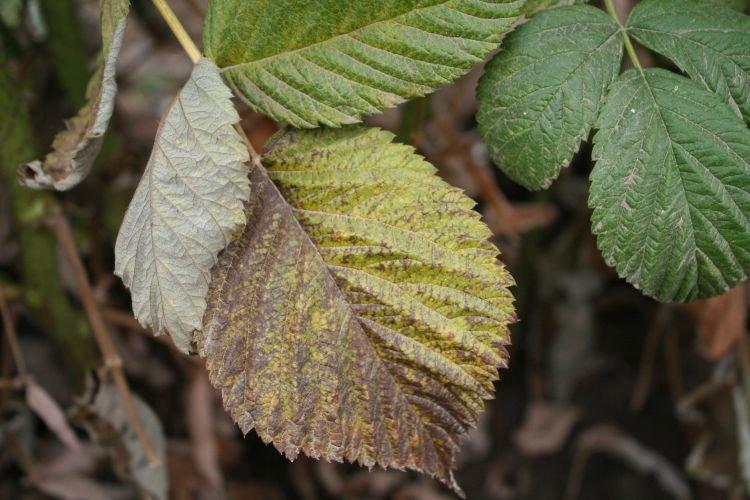
White bloom on raspberry leaves
Gardeners and gardeners are familiar with the white bloom, which can be encountered even in indoor flowerpots. Raspberries are no exception and suffer from fungus and pests in the same way!
- Very often white bloom on raspberries leaves powdery mildew, which is easily treated with fungicides;
- Similar symptoms in downy mildew, but the spots are slightly darker;
- A thin white cobweb all over the raspberry tree leaves a colony of spider mites;
- Soft white fluff on the leaves remains when raspberries are sick with white rot.
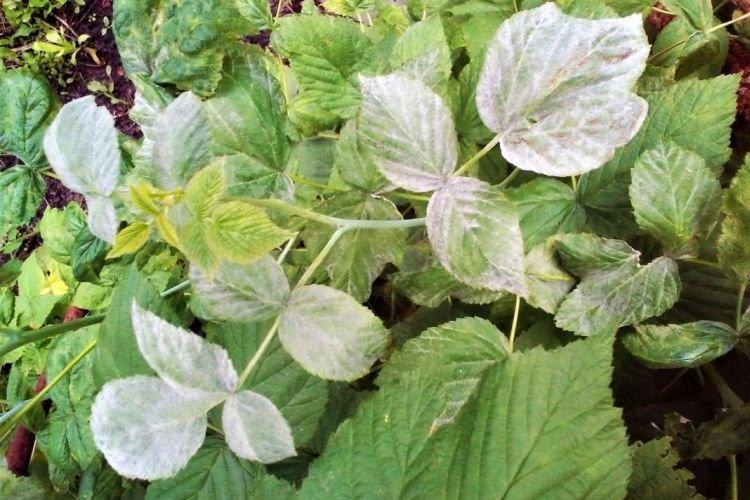
Pale and light leaves
Raspberry leaves lose color due to poor conditions or pathological processes. At first glance, the situation does not seem too serious, but why risk the harvest!
- Non-infectious chlorosis occurs with an acute deficiency of certain microelements. It is very difficult to determine the exact cause, therefore we recommend complex feeding;
- Weak and faded leaves on thin low shoots grow if raspberries are sick with overgrowth. This is a virus carried by insects, therefore, for prevention, it is necessary to fight against them;
- If raspberries do not have enough sun, they will be faded and weak, because photosynthesis does not occur as it should;
- When raspberries lack nitrogen in spring, the leaves always grow pale.
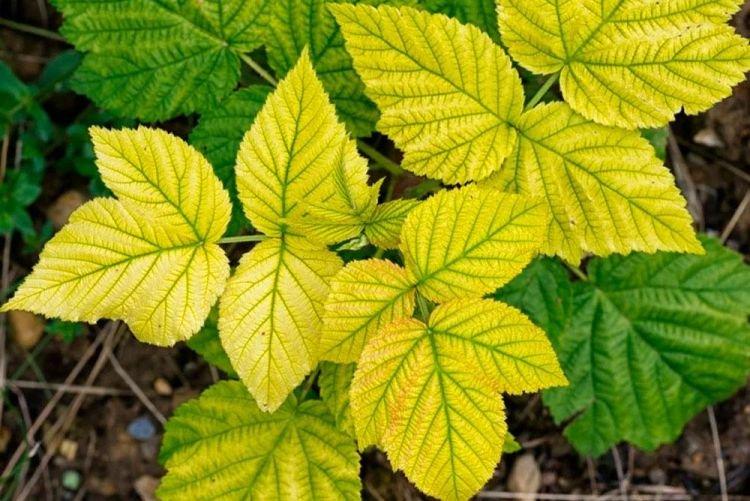
Raspberry leaves curl
Raspberry leaves can not only curl, but also deform, grow incorrectly, decrease in size. It could be a virus, or maybe the plant is just trying to recuperate.
- The dwarf virus leads to the fact that the leaves are deformed, curled, turn yellow and lag behind in development. The disease is pollen-borne, untreated, and difficult to recognize;
- Curl is another incurable virus that causes raspberry leaves to darken and curl downward. It is carried by nematodes and aphids;
- If the raspberry tree is too thick, the leaves shrink and wrinkle, because they are cramped and stuffy;
- Leafworms and other caterpillars like to pupate in the leaves of berry bushes.
